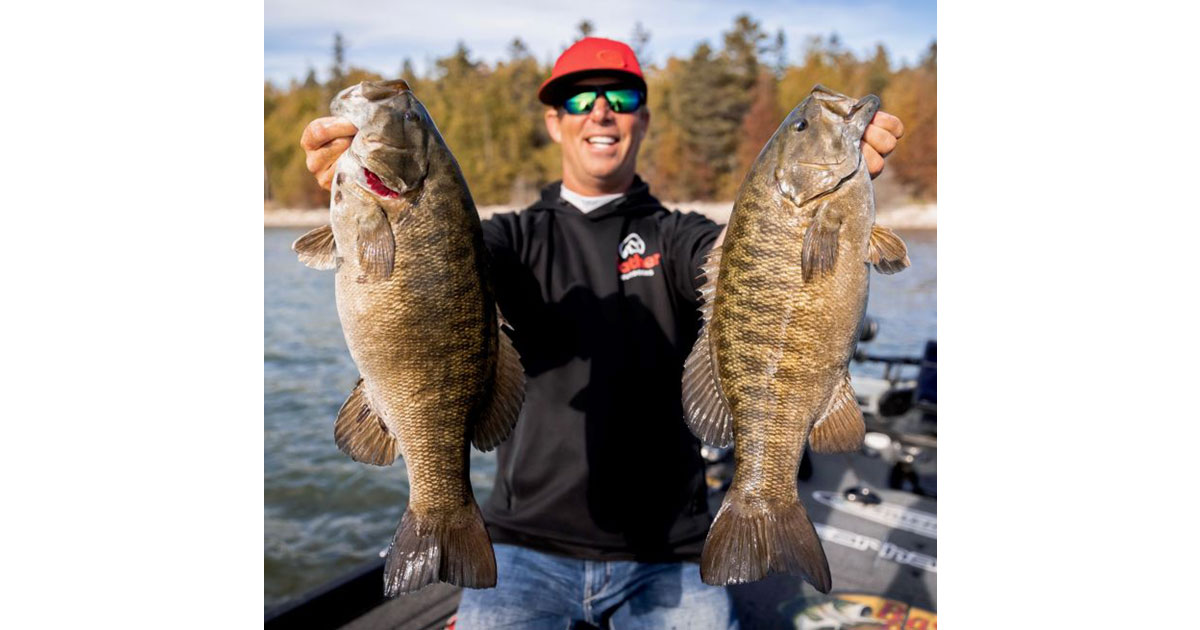- Details
By Louie Stout
You gotta give Indiana DNR credit for thinking outside the box with its unique project at the Tri-Lakes Chain located north of Columbia City, Ind.
The lakes consist of Round, Cedar and Little Cedar, where area anglers complain about the abundance of small bass and lack of quality.
While the DNR often considers reducing the size limit on these types of fisheries, District Fisheries Biologist Tyler Delauder wants to try something else – remove 1,000 small bass and relocate them to Roush Reservoir, better known as Huntington Reservoir, where bass populations are low.
“We’ve got an abundance of 8-13.5 inch bass in that lake,” he explains. There are eight-year-old bass that average only 13.8 inches,” explains Delauder. “On our other natural lakes, a fish that old averages 17-18 inches.”
The multi-year project will be the topic of discussion at a public meeting tomorrow (April 25) in Columbia City. The meeting will be held at the Thorncreek Township Fire Department, 821 E 500 N. From 7-8:30 p.m. ET, DNR fisheries biologists will introduce the project, explain its goals, share data and anticipated results, and then answer questions.
- Details
By Louie Stout
The forward facing sonar (FFS) controversy is heating up with some state agencies looking closely to determine if regulations are required.
Wisconsin, for example, is considering a proposal to ban it. Other state agencies are expressing concern of its impact on panfish populations.
B.A.S.S. has a committee studying its impact on Elite tournaments this season and will likely offer a ruling later this year. Don’t expect a total ban, but perhaps some limited use. There are rumors of Major League Fishing considering a total ban, but don’t believe rumors until you’re dealing with facts.
While most of the debates are over unfair tournament advantages and affordability, perhaps we should consider impact on fisheries. Not everyone practices catch-and-release.
Eventually the price will come down to where it’s as affordable as inexpensive traditional sonar and more anglers will be using it. While I think a total ban is unnecessary at this time, we should all support studies to measure its impact on fisheries.
- Details
By Louie Stout
 These big smallmouth that Neil Vande Biezen caught were likely 10 years or older. It takes Michiana fish longer to reach quality length than most people realize.
These big smallmouth that Neil Vande Biezen caught were likely 10 years or older. It takes Michiana fish longer to reach quality length than most people realize.
Regardless of the kind of fish you pursue, it takes years to produce keeper sizes in Michiana waters.
Indiana and Michigan fish researchers maintain charts listing average fish lengths at various ages based upon historical records. Charts are used to compare growth rates of fish in a given lake with state averages. In Indiana, those comparisons are based on northern Indiana glacial waters and not the impoundments found in the southern half of the states. Although not an exact science, it gives researchers a means to determine the health of fish in a given lake. Faster growth indicates a balanced fishery with a good forage base. Slower growth could indicate overpopulation or inadequate forage base.
Fish are aged by collecting scale samples and examining them under a microscope. Rings seen on the scale are much like rings on a tree. Each ring represents a year of growth.
- Details
By Louie Stout
A Michigan DNR survey of Diamond Lake revealed a low number of walleyes but several were of nice quality.
DNR Biologist Matt Diana said his crew set nets for a couple of weeks and then did electro-fishing in the early spring of 2020. They captured 217 walleyes at the Cass County lake.
Michigan stocks there every other spring with small fingerlings. The 2020 survey was to check walleye survival, and Diana said it was below state average.
Local groups stocked Diamond with larger fall fingerlings a few years prior and those appear to be doing better. He saw fish measuring in the upper 20s.
Larger fall fingerlings survive better but they are more difficult and costly to raise.
“The walleyes that have survived are growing great,” he said. “Some fish are reaching 18 inches by age 4.”
His crew also took a look at northern pike and caught a lot in the 20- to 24-inch size, mostly males, which coincide with local complaints that the lake lacks bigger pike. He said there are discussions of possibly putting a slot limit on pike to protect bigger females.


